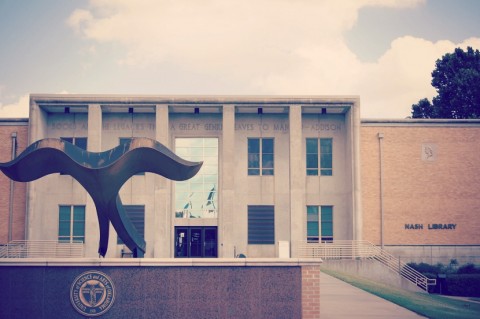At the beginning of this project Genevieve and I wrote a contract that guided us in the creation of our website. You can read it here
Our Mission Statement
Genevieve and I worked incredibly hard to fulfill the goals we set for ourselves in the first part of our contract. Our website is the most comprehensive account of information available and would be a great resource for any students interested in researching the case.
Our website is also very easy to navigate, which I take a lot of pride in. We direct people to the most central parts of the website on the homepage while also having a navigation bar at the top. People can either go through the pages one by one or choose the ones most applicable to their research.
We did change one of the sections of the website once we started organizing all of our information. We decided we did not have enough for the “key players” page, and chose to make a “public responses” one instead. This was the right decision for our website. It helped us meet our overall goal.
Tools
We built our website using Parabola, and we did choose a purple and grey color scheme. The look of our website is both true to the book and professional. As far as the visual aspect of our project, we did exactly what we stated with the overall look.
We interviewed Karin Perry by emailing her questions. Therefore we had no audio clips to include in the site. However, we did state that we might discover different tools as we went. I used GoogleSheets to create the graphs on the page “Norman and Whittier Middle School.” We simply used embed to keep the interactive function. We did use TimelineJS, Coggle, and Newspapers.com.
Division of Labor and Structure
We stated that we would divide our labor evenly by each worked on four main sections of the website. It actually ended up that each of us worked on three main pages and collaborated on four, instead of only two. After we chose to not include the key players page, Genevieve took on creating the public responses page. We both worked on the Primary Sources and Home pages.
The division of labor did not go exactly how we had it planned, but we mostly followed the guide we had set for ourselves. We also worked to keep the labor even as we finished the website. We collaborated as we went to make sure that our pages looked well together.
I remained in charge of communication with Karin Perry, while Genevieve received official documents from the school. We worked together on the timeline, visuals, and interview.
In Conclusion
The last section of our contract indicated the specific milestones we tried to keep to as we worked on our project.
Overall, despite changing one page from the structure we had originally planned, Genevieve and I created plan for our website that we followed through to create something we are very proud of. Part of creating it was learning as we went, but we chose to leave room for development in our contract. The structure, design, and intellectual content of the site are on par with what we set out to do with this project.

Recent Comments